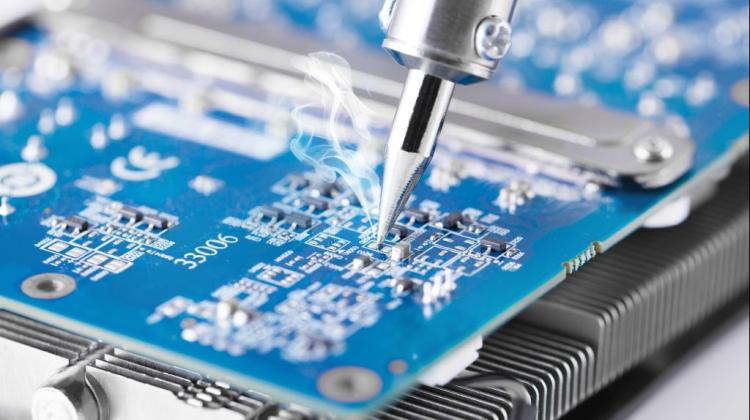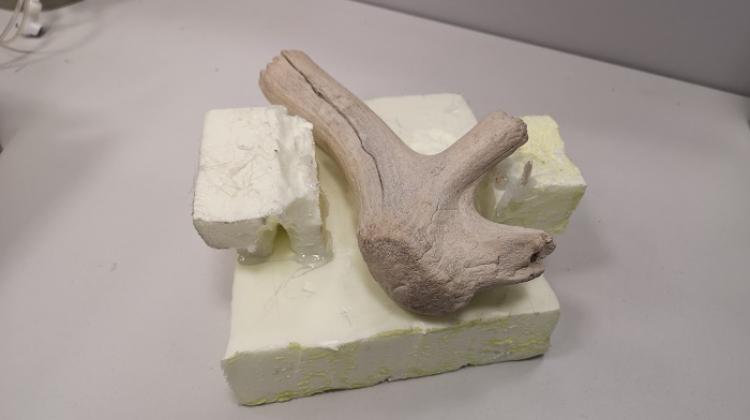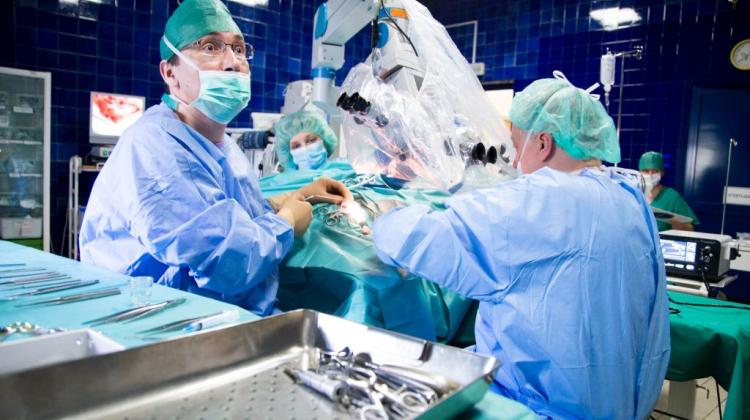Researchers at AGH design ICs for a Japanese company

Researchers at AGH design integrated circuits for cameras manufactured by Japanese Rigaku Corporation, one of the leading manufacturers of testing equipment for the composition and structure of materials and quality control of products, used in the pharmaceutical, chemical, electronics and automotive industries.
Rigaku has just introduced 2D X-ray pixel camera HyPix-3000, co-designed by researchers from Kraków.
"For several years we have been working with Rigaku, designing specialized, advanced integrated circuits, which are used in ultra high-speed X-ray cameras. With these cameras, the accuracy of measurements is much higher, and the duration is shorter" - told PAP Prof. Paweł Gryboś from the Faculty of Electrical Engineering, Automatics, Computer Science and Biomedical Engineering.
Cooperation with the Japanese manufacturer began in 2007 with designing components for the D/teX ultra camera - one-dimensional X-ray camera equipped with the world\'s fastest detection module.
Researchers at AGH also have contributed to the production of the latest, two-dimensional X-ray pixel camera HyPix-3000. Its core are 16 integrated circuits called PXD18k, designed at the Faculty of Electrical Engineering, Automatics, Computer Science and Biomedical Engineering. Each of these systems contain about 40 million transistors.
"This camera is one of the fastest of its type in the world. Its uniqueness lies in the fact that it operates in single photon counting mode, and not in the integration mode" - said Prof. Gryboś.
If you compare a pixel of a cameras to rainwater collecting vessel, in the integration mode, drops of water are added to one another, and after the measurement we only receive information about the total amount of water in the vessel, and in the second mode drops of water are counted one by one and can even be classified by size. "The Swiss introduced such cameras earlier, but this one has much better specs. HyPix 3000 allows single-photon counting with the possibility of selection of photons with a specific energy, which, combined with a continuous camera readout, offers completely new opportunities" - said Prof. Gryboś.
Researchers at AGH are already working on the next generation of even faster X-ray cameras, for which they have received several million grant from the National Centre for Research and Development.
For specialists from AGH is very important that the Japanese company clearly indicates who designed integrated circuits in the information about their product. The result of collaboration with the Rigaku Corporation include three international joint patent applications. In addition, students and postgraduates from AGH regularly go on internships to R&D centres of the Japanese company.
In connection with development projects in the area of microelectronics, AGH launched a new specialisation: Microelectronics in Technology and Medicine.
PAP - Science and Scholarship in Poland
wos/ mki/ mow/ mrt/
tr. RL
Przed dodaniem komentarza prosimy o zapoznanie z Regulaminem forum serwisu Nauka w Polsce.

















